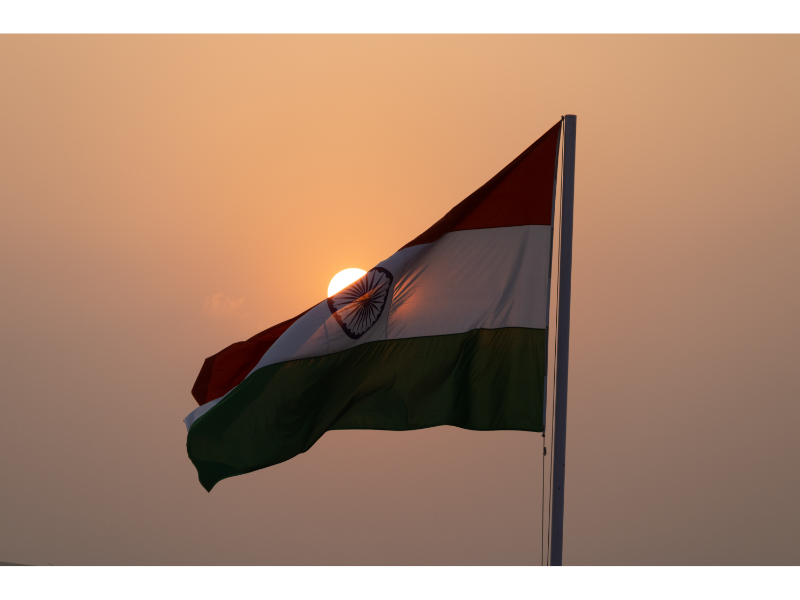
By Dr Saba Hussain
Assistant Professor in Education and Social Justice, School of Education
Talking to me over sips of hot sugary tea, the school-teacher in India’ North Eastern state of Assam told me: “I have found Miyah (Muslims of Bengal origin) girls to be somewhat different from the rest of the girls, I mean from ‘our’ Assamese girls.” “This can be seen as a kind of difference. It appears as if they have to show their religious identity publicly. Hindu girls, too, are religious, but they do not publicly show it,” she said.
The teacher added that covering the head also violated the school uniform. “Attire like that is not a part of ‘our’ culture” she maintained. Various versions of this basic ‘us’ (Assamese and Hindu) vs ‘them’ (Bengali and Muslim) imagery came up throughout my fieldwork in the schools between 2013-14 as a part of my doctoral work at University of Warwick. But all those versions shared a common critical gaze towards veiling as a Muslim cultural practice.
In all the cases where Muslim girls’ clothing practices were problematised, teachers failed to offer an educational or academic explanation for their problem. Instead, there was just one key concern the public display of religion specifically of Muslimness or Muslim identity that was seen to be disruptive of the perceived secular public space of the school. In other words, it challenges the banal Hindu majoritarian nationalism intimately in the curriculum and everyday practices of the schools through the imageries of Bharat Mata (Mother India) as the subject of protection, the celebration of Saraswati Puja (worship of the Hindu Goddess of knowledge) and so on.
In the south Indian state of Karnataka six hijabi Muslim girls were barred from entering their classroom since the beginning of the year when face to face learning resumed for the first time this year following the pandemic. Violation of school uniform was a stated reason for the exclusion of these girls- and trend now increasingly replicated across the state, and beyond. Viewed in line with my own research in Assam, Muslims as a community fracturing a seemingly universal identity – whether Kannadiga or Assamese or ultimately Indian.
It is interesting to note that preservation of school uniform masquerading as a ‘uniform identity’ is given greater priority over the girls’ educational needs leading to the violation of their religious and educational rights. There are many inclusive uniform examples that the college authorities in Udupi could learn from to enable the girls to access their educational and religious rights. This includes hijabi female Muslim officers and turbans for Sikh officers in the UK, New Zealand, etc.
However, the Udupi impasse is not merely about preserving a ‘uniform’ identity. It is also about preserving Hindu supremacist imagination held together by the figure of the ‘Muslim woman’ as a victim of her menfolk or a victim of her religion.
This trope has been a staple of the Hindu-majoritarian imagination and its rationale for Muslim inferiority. Scholars of nationalism call this femonationalist rhetoric wherein a majority community frame women from a minority group as solely the victims of their community’s internal patriarchal structures and in need of saving by the majority community. However, the femonationalist rhetoric reaches its limits when confronted by Muslim girls in education – even fighting for an education, to be treated as equal in the classroom. In the same way vocal, visible, articulate young Muslim women that largely led large scale protests the deeply xenophobic Citizenship Amendment Act (CAA) in 2019.
When the trope of the victimised Muslim women does not hold, then the entire edifice of Hindu supremacy falls, which makes visible and vocal Muslim women and girls so dangerous. And denying Muslim girls’ entry into classrooms appears to be one of the ways of preserving this gendered Hindu supremacy.
- Find out more about Saba Hussain at the University of Birmingham
- Find out more about the Department of Education and Social Justice
- Back to Social Sciences Birmingham
